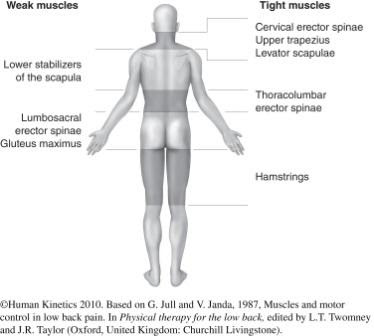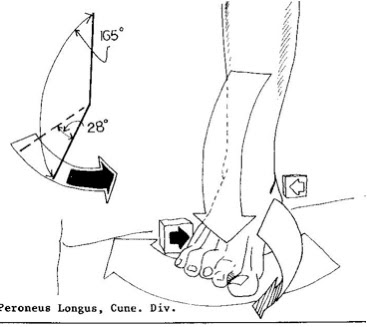GRIP Approach is pleased to present ‘The Janda Approach To Musculoskeletal Pain Syndromes’ as taught by his long time pupil Robert Lardner, PT
“Protective reflexes serve as the basis for all human movement and dominate in Pathology” – Janda
 Vladimir Janda Md, DSC is considered to be the father of
Czech rehabilitation and one of a handful of physicians responsible for how the
rehabilitation field was shaped internationally. He systematically defined
characteristic and predictable muscle imbalance syndromes in relationship to
the adaptations of the CNS and the ensuing chronicity – something we commonly
call ‘Janda’s crossed syndromes’. He viewed the sensory motor system as an
indivisible unit and stressed that effective treatment and the rehabilitation process
would have to respect this unity and its implications. His teachings influenced
many people, including Robert Lardner who co-authored the book ‘Assessment and
Treatment of Muscle Imbalance – The Janda Approach’.
Vladimir Janda Md, DSC is considered to be the father of
Czech rehabilitation and one of a handful of physicians responsible for how the
rehabilitation field was shaped internationally. He systematically defined
characteristic and predictable muscle imbalance syndromes in relationship to
the adaptations of the CNS and the ensuing chronicity – something we commonly
call ‘Janda’s crossed syndromes’. He viewed the sensory motor system as an
indivisible unit and stressed that effective treatment and the rehabilitation process
would have to respect this unity and its implications. His teachings influenced
many people, including Robert Lardner who co-authored the book ‘Assessment and
Treatment of Muscle Imbalance – The Janda Approach’.
This unique 2-day lab intensive will introduce the main
theories, concepts, and research of Dr Janda. Significant time will then be
spent in hands-on lab learning diagnosis according to Janda via visual
inspection, gait analysis, movement patterns, muscle quality, and trigger
points. The final half of the seminar will be spent learning Janda’s treatment
methods, normalization techniques, activation techniques, and sensorimotor
training. This intensive promises to greatly enhance your understanding and
abilities of treating musculoskeletal pain syndromes, and offer many additional
clinical pearls from Robert Lardner.
For details and registration visit our website.
For more information about Dr Janda, visit the website of
his US students and read this tribute paper.
Robert Lardner was born in Nigeria in 1961. His first career
was as a professional ballet and modern dancer after studying at the Rambert
Ballet Academy outside London, England. Going back to University he graduated
from the Department of Physical Therapy, Lund’s University, Sweden in 1991. He
has worked in several in- and out- patient rehabilitation facilities in Sweden
prior to moving to the United States in 1992.
Having been a staff physical therapist at McNeal Hospital,
Clearing Industrial Clinic, and a physical Therapy supervisor at Mercy
Hospital, He has also been in charge of physical therapy services at a number
of private outpatient and sports clinics.
He has studied extensively with Professors
Janda, Lewit and Kolar from the Czech Republic who are pioneers of functional
rehabilitation and manual medicine and who have strongly influenced his
philosophy and practice of physical therapy. He is a member of the
International College of Applied Kinesiology (ICAK). Currently, he is in
private practice in Chicago and teaches various rehabilitation seminars
throughout the United States and Europe.








